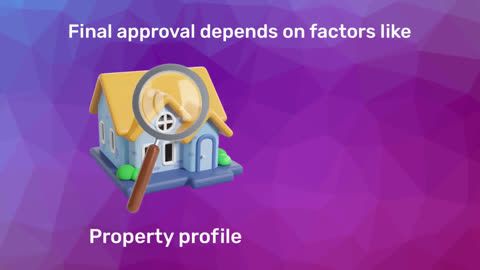Understanding interest rates is crucial when choosing any loan, whether it is a home loan, personal loan, or car loan. You might have come across terms like “reducing interest rate” or “flat rate” when researching loan options. But what exactly is the reducing interest rate formula, and how does it affect your loan costs? Let us break it down in simple terms.
What is a reducing interest rate?
Areducing interest rate(also known as thediminishing balance rate) is commonly used in loans. Here is how it functions:
1. Monthly interest calculation: With a reducing interest rate, the interest is calculated on the outstanding loan amount at the end of each month. As you repay the principal, the interest amount decreases over time.
2. Principal reduction: As you make EMI payments, the principal amount reduces. Consequently, the interest charged on the remaining principal decreases.
The reducing interest rate formula
The formula for calculating the reducing interest rate is straightforward:
Interestforthemonth = outstandingprincipal × monthlyinterestrate/ 12
Where:
- Outstanding principal: The remaining loan amount after each EMI payment.
- Monthly interest rate: The annual interest rate divided by 12 (for monthly compounding)
Let us say you have a home loan with the following details:
- Loan amount: Rs. 10,00,000
- Annual interest rate: 10%
- Loan tenure: 20 years (240 months)
1. Calculate themonthly interest rate:
- Monthly interest rate = (annual interest rate) / 12
- Monthly interest rate = 10% / 12 = 0.83%
2. Calculate the EMI using the reducing interest rate formula:
- EMI = Rs. 10,00,000 × 0.0083 × (1 + 0.0083)^240 / [(1 + 0.0083)^240 - 1]
- EMI ≈ Rs. 9,650
Why choose a reducing interest rate?
Choosing a reducing interest rate has several benefits, especially for long-term loans like home loans:
- Lower interest cost: Since the interest is calculated on the outstanding balance, you pay less interest as the principal decreases.
- Fair repayment structure: With reducing interest rates, you are charged based on what you owe, not on the total loan amount.
- Better savings: Over the loan tenure, you save a significant amount compared to a flat rate.
Flat rate vs. reducing rate – what is the difference?
In contrast to the reducing interest rate, a flat rate is calculated on the initial loan amount for the entire tenure. This means that the interest amount remains the same throughout the loan period, even though you are repaying the principal.
For example, if you borrow Rs. 5,00,000 at a flat rate of 10% for 5 years, your interest would be Rs. 50,000 every year, making the total interest Rs. 2,50,000. This type of rate is more straightforward but generally results in a higher overall cost.
Why it is important to know the reducing interest rate formula
Understanding the reducing interest rate formula can empower you to make better financial decisions. It is a key tool for calculating your EMIs, comparing loan offers, and planning your repayment strategy.
If you are considering a home loan, knowing this formula helps you choose the best option. Reducing interest rates are ideal for home loans due to their long tenure and high principal amounts. They ensure that your interest burden decreases over time, making the loan more affordable in the long run.
Use online loan calculators for ease
If you find the formula too complex, you can use an online home loan EMI calculator. Simply enter your loan amount, interest rate, and tenure to see your monthly EMI and total interest cost. This way, you can quickly compare different loan offers and choose the best one for your needs.
Explore Bajaj Housing Finance Home Loan
For those planning to take a home loan, Bajaj Housing Finance offers convenient funding solutions. Here are a few benefits of opting for a home loan from us:
1. High loan amount: Make your homeownership dreams a reality with a loan amount of up to Rs. 15 Crore*.
2. Low interest rates: Enjoy affordable EMIs starting at just Rs. 684/lakh*, with interest rates as low as 7.45%* p.a.
3. Fast approval: Get your loan sanctioned in as little as 48 Hours*, or even sooner.
4. No foreclosure charges: With a floating interest rate, you can prepay or close your loan without any extra fees.
5. Hassle-free application: Our convenient document pickup service means you will not have to visit the branch multiple times.
Do not wait any longer—apply for a Bajaj Housing Finance Home Loan today and move closer to owning your dream home.
Helpful resources and tips for home loan borrowers
|
|
Popular calculators for your financial calculations
Apply for a home loan in different cities




